
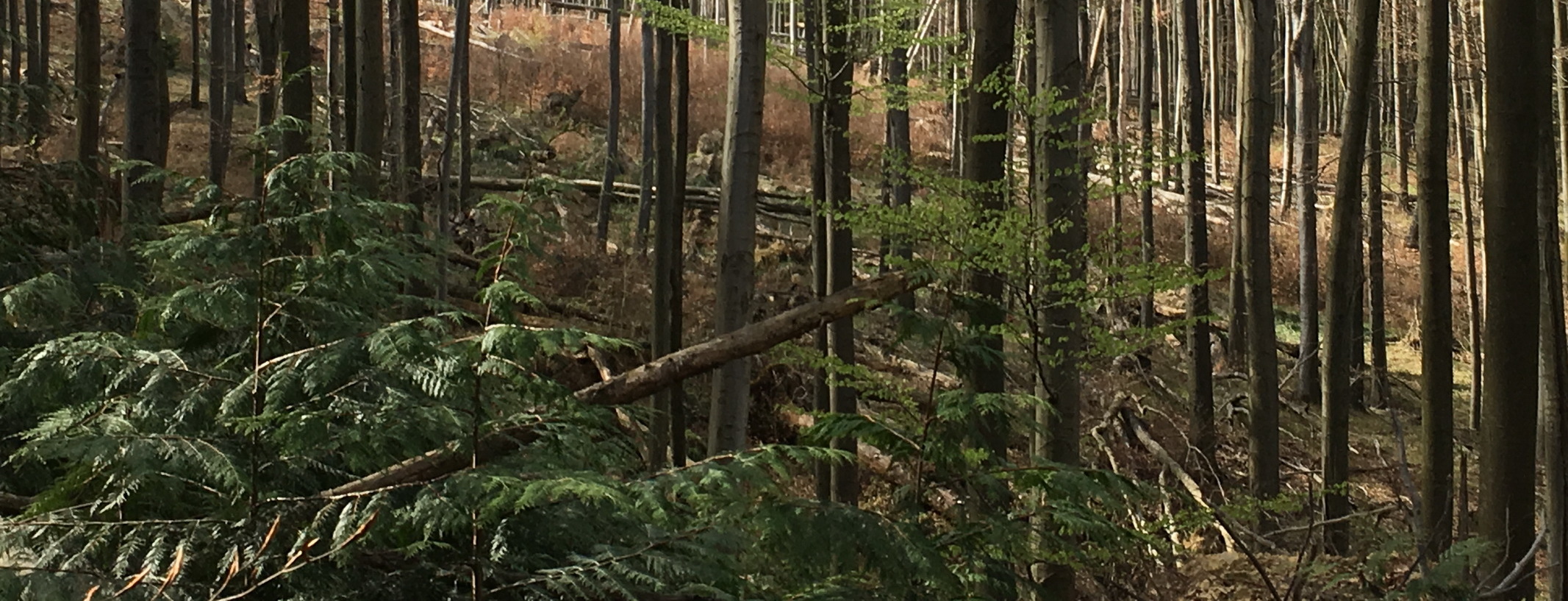


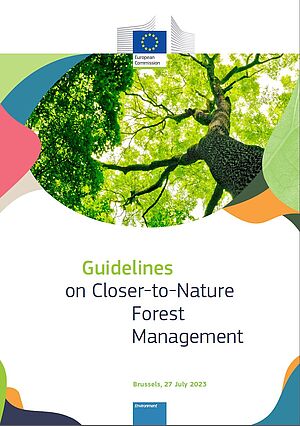
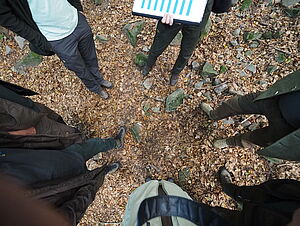
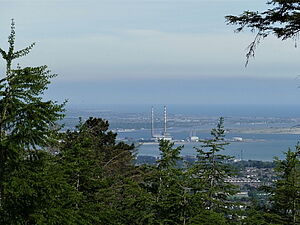
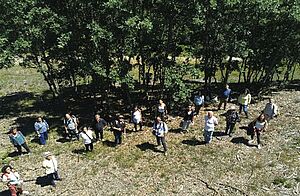
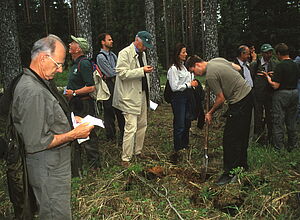

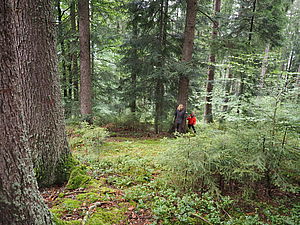
1.1 The vegetation pattern which evolved in European forests during the postglacial migration of forest species, forming the existing forest regions, is regarded as a precious natural asset, which must be maintained. It should be respected as the most important basis of all silvicultural measures.
1.2 Non-indigenous species (exotics) can, under some circumstances, supplement the indigenous vegetation pattern and increase the economic yield of forestry.
1.3 All forest species which did not previously form part of a given natural plant association and which have been introduced from distant locations must be considered as exotic species.
1.4 The introduction of exotic species should only be allowed after critical qualitative and quantitative analysis.
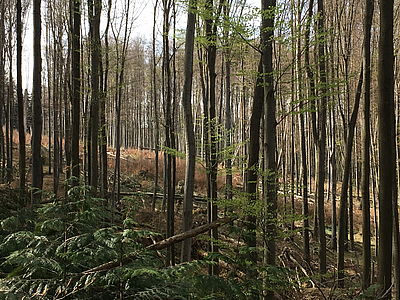
2.1 Intact natural forests:
In forest regions with natural forests or natural tree composition and with good potential timber production there is no reason to introduce exotics.
2.2 Forest regions with insufficient natural capital:
In certain forest regions of Europe, where post-glacial migration of tree species could not be achieved and the number of indigenous tree species is low, bearing in mind the climate and site conditions, and where yield from the indigenous species is unsatisfactory, exotics might present a valuable enrichment.
2.3 Devastated forests:
In forest regions where historical influences have weakened the genetic fitness of tree populations and where soils have been harmed by human activities, and where indigenous species under the given circumstances cannot be reintroduced and the natural succession will not take place, an introduction of exotics might contribute to the restoration of such forests.
2.4 Denuded forest land:
In places where former forests have been totally destroyed, where a forest condition no longer exists, where indigenous species under the given circumstances cannot be reintroduced at the present time, and where natural succession will not take place, exotic species might play an important pioneer role.
3.1 Niche invasion:
Certain exotics may expand into ecological niches which are currently only weakly exploited by native species and thereby suppress indigenous species.
3.2 Site deterioration:
Some exotics may impoverish the productivity of some soils by poor litter decomposition, acidification and insufficient depth of rooting.
3.3 Disease transport:
The introduction of some exotics into existing indigenous vegetation may bring the risk of introducing disease, which could harm the indigenous plants.
3.4 Disease in the tree crop:
Some exotics may themselves suffer from pathogenic organisms or other risks which are present in the indigenous vegetation.
3.5 Inadequate ecological network:
Some exotics may not fit well within the indigenous ecosystem, as they do not allow the natural vegetation to establish and develop, and/or indigenous animals avoid them.
3.6 Lack of natural regeneration:
Some exotics are not able, or not sufficiently able, to propagate by natural regeneration, and require planting on a perpetual basis.
4.1 In every forest region each indigenous forest association should be represented to an extent which guarantees all its ecological functions. This means that no major introduction of exotics which would reduce or prevent such an extent should be admitted.
4.2 An introduced species should not be so aggressive in its competitive behaviour and its natural regeneration as to suppress indigenous tree species or eliminate other indigenous species.
4.3 An introduced species should be adapted to the local climate and soils. It must not impoverish soils, and its litter should be decomposed easily by native organisms.
4.4 An introduced species must not spread diseases or contribute to increased instability of ecosystems.
4.5 An introduced species must not run an abnormal risk of being itself affected by biotic or abiotic hazards.
4.6 An introduced species should become integrated into the indigenous vegetation in a modest way. It must be able to merge with, without excluding, the indigenous flora and fauna.
4.7 An introduced species should be able to regenerate naturally, together with indigenous tree species.